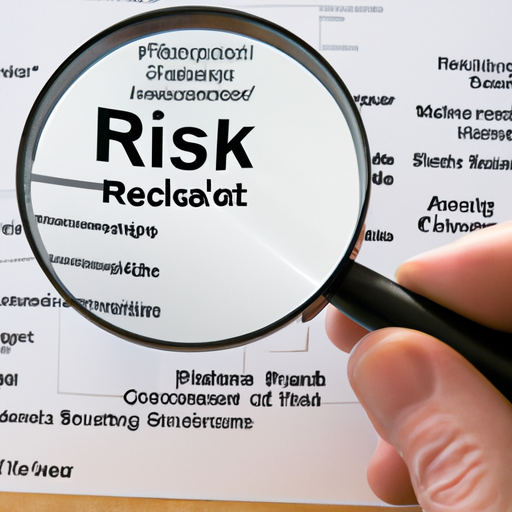Introduction
Assessing and managing risks on a project is crucial for its success. By identifying potential risks and implementing effective strategies to mitigate them, project managers can ensure smooth progress and minimize any negative impact on the project’s objectives. In this article, we will explore the key steps involved in assessing and managing risks on a project.
Step 1: Identify Potential Risks
The first step in risk assessment is to identify potential risks that may arise during the project lifecycle. This can be done by conducting a thorough analysis of the project scope, objectives, and stakeholders’ expectations. It is essential to involve all relevant team members and stakeholders in this process to ensure a comprehensive understanding of potential risks.
Step 2: Analyze and Prioritize Risks
Once potential risks are identified, the next step is to analyze and prioritize them based on their likelihood of occurrence and potential impact on the project. This can be done by using risk assessment techniques such as probability-impact matrix or risk scoring. By assigning a priority to each risk, project managers can focus their efforts on addressing the most critical ones first.
Step 3: Develop Risk Response Strategies
After prioritizing risks, project managers need to develop appropriate risk response strategies. These strategies can include risk avoidance, risk mitigation, risk transfer, or risk acceptance. The choice of strategy depends on the nature of the risk and the project’s objectives. It is essential to involve relevant stakeholders in this process to ensure their buy-in and support.
Step 4: Implement Risk Management Plan
Once risk response strategies are developed, project managers need to implement a risk management plan. This involves assigning responsibilities, establishing communication channels, and integrating risk management activities into the project’s overall plan. Regular monitoring and review of risks should also be included in the plan to ensure timely identification and response to any emerging risks.
Step 5: Monitor and Review Risks
Risk management is an ongoing process that requires continuous monitoring and review. Project managers should regularly assess the effectiveness of risk response strategies and make necessary adjustments if required. This can be done by conducting periodic risk assessments, reviewing project progress, and seeking feedback from team members and stakeholders.
Conclusion
Effectively assessing and managing risks on a project is crucial for its success. By following the steps outlined in this article, project managers can identify potential risks, analyze and prioritize them, develop appropriate response strategies, implement a risk management plan, and continuously monitor and review risks. By proactively addressing risks, project managers can ensure smooth project execution and achieve the desired outcomes.




